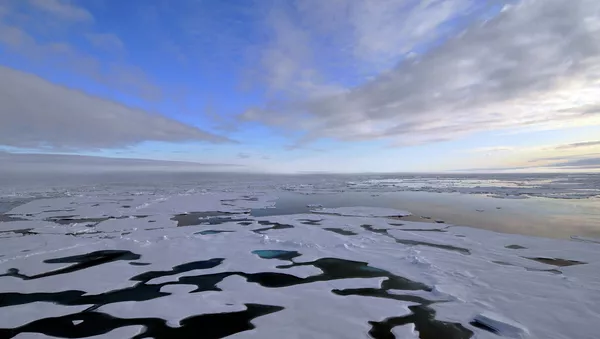The US National Snow and Ice Data Center in Colorado recorded both the northern and southern poles receding, and people living in low-lying coastal cities such as Annapolis, Maryland, and Miami, Florida, may have cause for concern as melting ice caps could signal rising sea levels, and drainage systems and sea walls may need be to constructed as a result.
As of December 4, the Arctic and Antarctic have shrunk below the 1981-2010 average ice cover by 3.8 million square kilometers, enough to cover the state of Alaska twice.
The center reports that, as of November, Antarctica has gotten smaller by 2 million square kilometers from its 1981-2010 average, but refreezing may help the continent gain 0.4 percent of its mass back, per decade. The Arctic will lose five percent of its mass per decade, having shrunk around 2.3 million square kilometers.
A 2014 report by the Union of Concerned Scientists detailed the potential impact on the US in an executive summary saying, "as global warming drives sea levels higher over the next 15 to 30 years, flooding from high tides is expected to occur even more often and cause more disruption, particularly on the East Coast and, increasingly, on the Gulf Coast."
Adding that "the nation as a whole, need[s] to start planning today to cope with sea level rise and unprecedented tidal flooding, and to take swift and decisive action to limit longer-term damage to our coasts."






